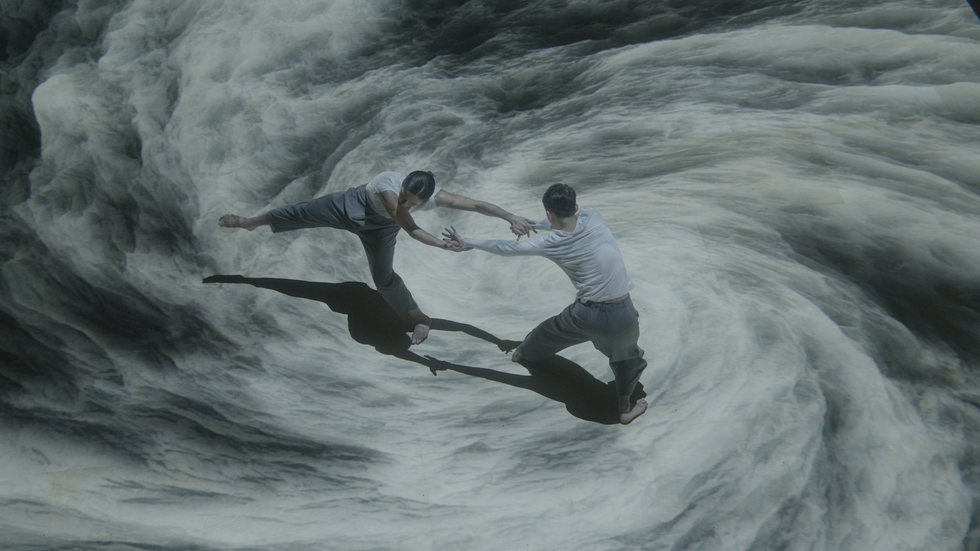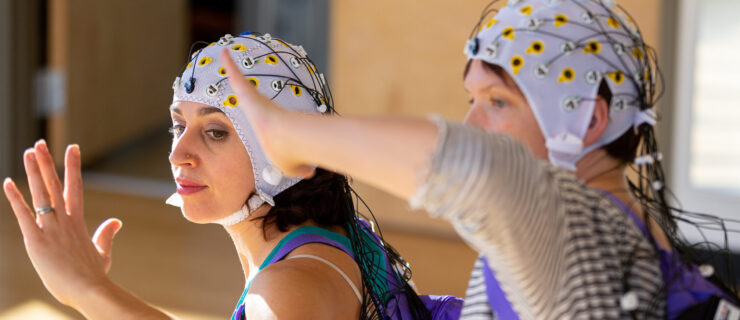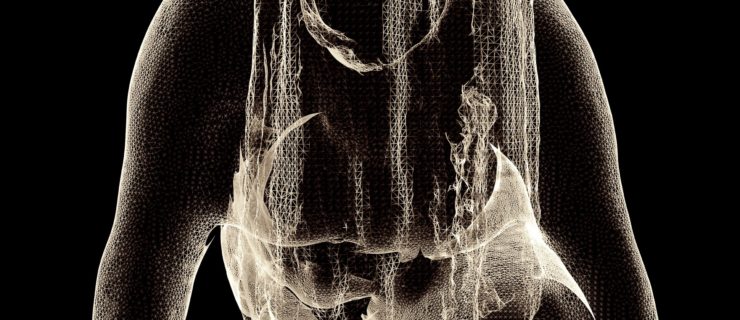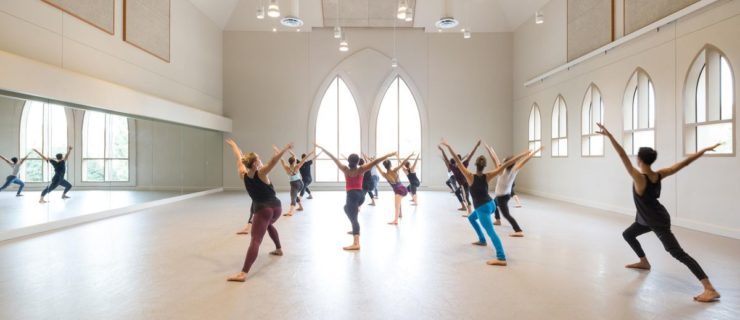Here’s What Happened When Hong Kong Dance Company Trained Its Dancers in Martial Arts
When dancers here in the U.S. think about martial arts, what might come to mind is super-slow and controlled tai chi, or Hollywood’s explosive kung fu fight scenes featuring the likes of Bruce Lee and Jackie Chan. Martial arts in real life can be anywhere and anything in between, as the Hong Kong Dance Company recently learned. A few months ago, the company wrapped up its ambitious three-year embodied research study into the convergences between martial arts and classical Chinese dance. Far from a niche case-study, HKDC’s qualitative findings could have implications for dancers from around the world who are practicing in all styles of dance.
Researcher/dancer Huang Lei performing in “Convergence”Courtesy Hong Kong Dance Company
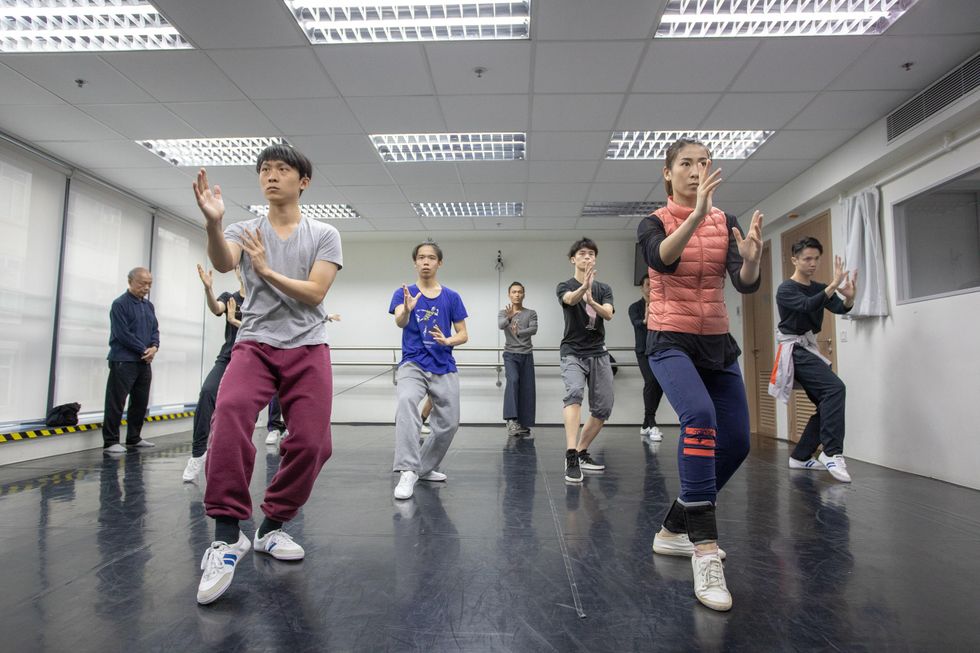
Courtesy Hong Kong Dance Company
The Practice
In April 2018, HKDC artistic director Yang Yuntao launched a series of dance and martial arts interactive-training workshops. These workshops saw a dozen professional dancers immersing themselves in several southern-Chinese martial-arts traditions over two- to three-hour sessions that were led by local masters of each specific style. The selected methodologies ranged from baguazhang (dynamic, undulating whole-body maneuvers) to choy lei fat (fast, powerful arm punches) and Fujian white crane (graceful and focused on agility).
The goal was not necessarily to achieve proficiency or mastery in any of these disparate traditions—as dancer Chou Jo-yun came to realize, “It is no surprise that the martial arts masters practice each routine for three years!”—but rather to use martial arts as an access point for new kinesthetic experiences. For example, “When practicing the white-crane style,” says dancer Pan Zhenghuan, “as I concentrated the power of my entire body into one singular point, I was able to feel the body’s opposing force, and also the pressure and power brought by the sense of physical space.” In extensive discussions following the workshop series’ conclusion in late 2019, participants agreed that imagining an invisible sparring partner, as required for martial-arts practice, led them to respond to their surrounding physical space in unprecedented ways.
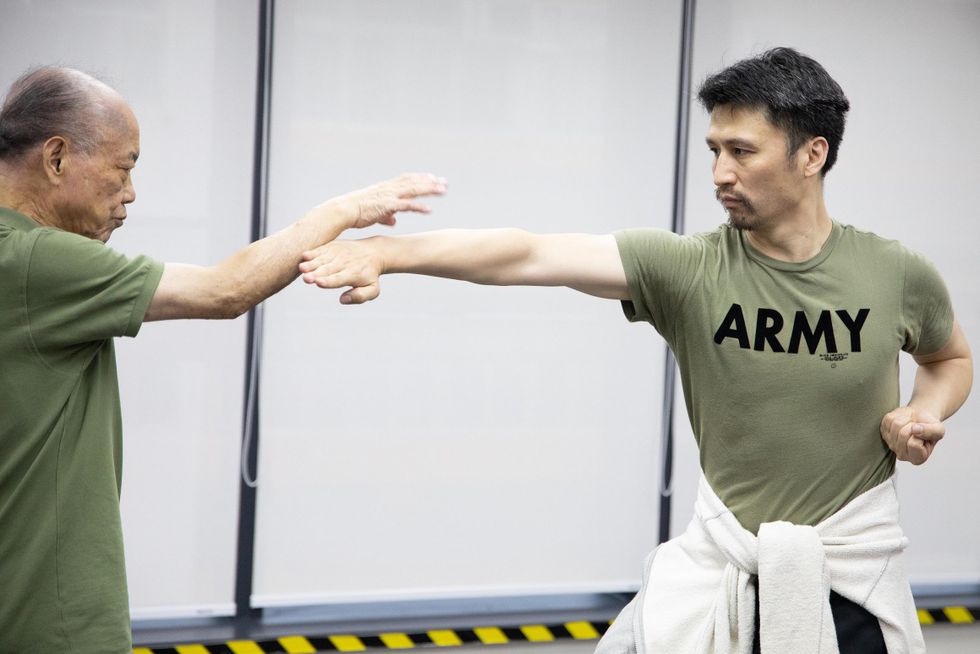
Courtesy Hong Kong Dance Company
The Insights
Dancer Ong Tze-shen hesitates to use the term “mindfulness” to describe the changes he observed internally and personally over the course of the study. Still, “I feel better prepared to perform,” he says. “It’s almost like something has woken up inside me from going through the martial-arts training. Martial arts sometimes asks you to hold a posture for 20 minutes or more. That’s like meditation that really activates your mind, your body, everything.”
Impressive as it is, the dancer-researchers believe that the internal transformation is just part of what they gained as artists and athletes. Over three years of embodied inquiry, just a few of the research study findings were: increased leg and knee strength, greater ability to contract and relax muscles quickly, more efficiency of energy dedicated to any given step or phrase, and a game-changing new understanding of how brute muscular strength can be applied for maximum results—especially where partnering is concerned.
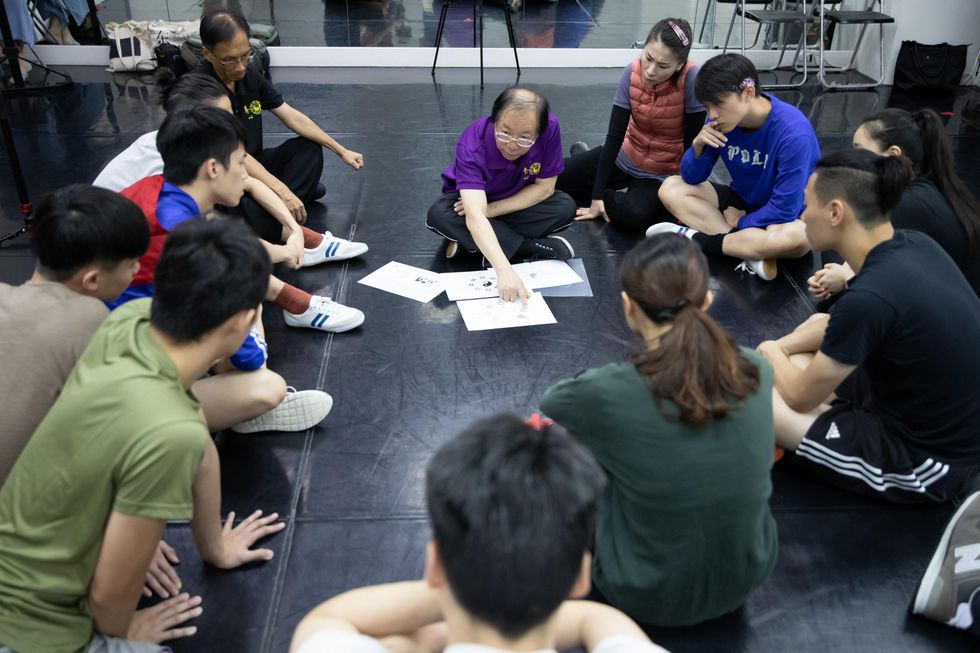
Courtesy Hong Kong Dance Company
The Synthesis
Throughout the embodied-research process, the HKDC team gave periodic informal showings of the techniques they’d studied so far. These mini performances culminated in Convergence, a work that brought Chinese martial arts and Chinese dance together in a wholly contemporary way. While both are obviously traditional practices, it’s clear from the final piece (portions of which can be viewed in virtual reality) that dancers everywhere could stand to embark on their own intensive course in martial arts. With dizzying speed and cut-glass specificity, the dancers whirl through challenging sequences that are downright thrilling but executed with ease—this is no dry lecture-demonstration.
What with HKDC’s repertoire consisting mostly of classical Chinese dance and adaptations of Chinese literature or folklore, it could be argued that the study of martial arts is primarily useful to their own dancers. Not so, believes Ong: “As a classical dancer, I’m always thinking about gracefulness. But in this practice, I’ve discovered whole new levels of strength and speed. My dancing has a new power and fluidity to it, without losing any of the beauty my prior training has built.” Versatility, focus, endurance: What more could any movement artist want?
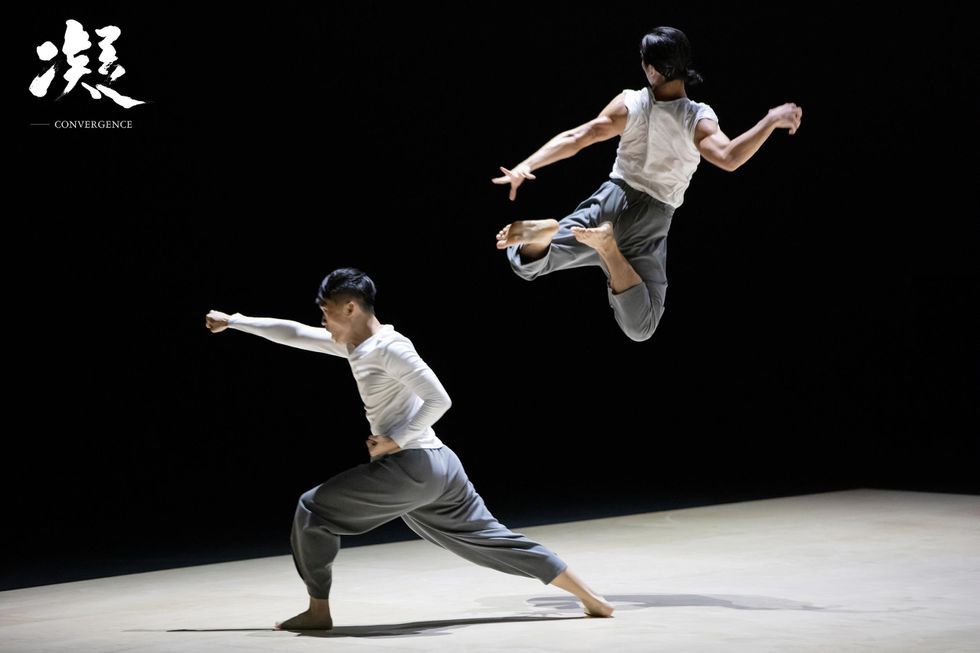
Courtesy Hong Kong Dance Company
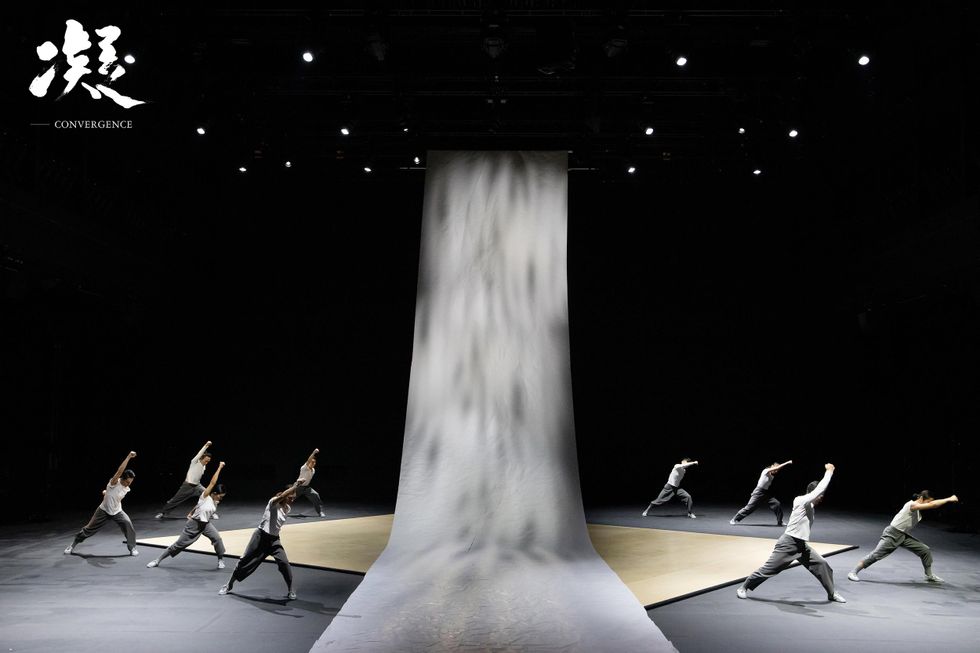
Courtesy Hong Kong Dance Company
